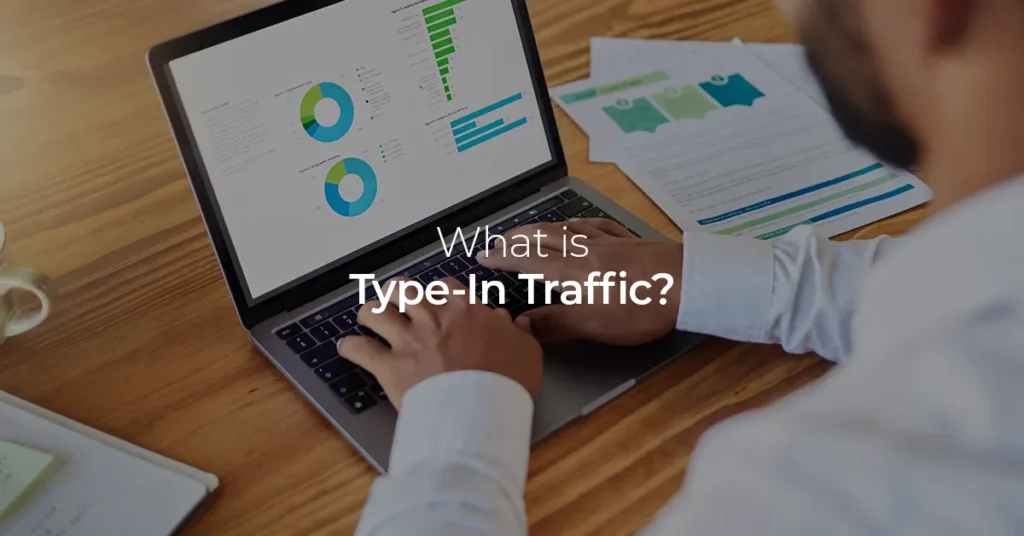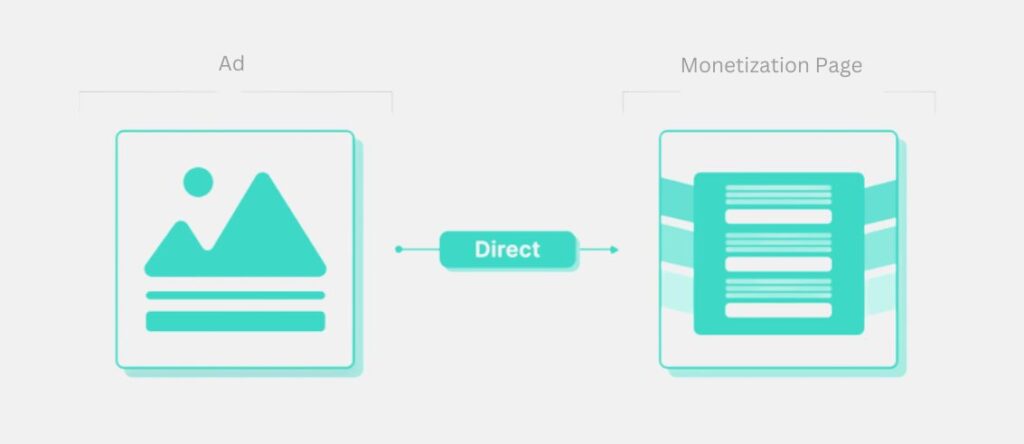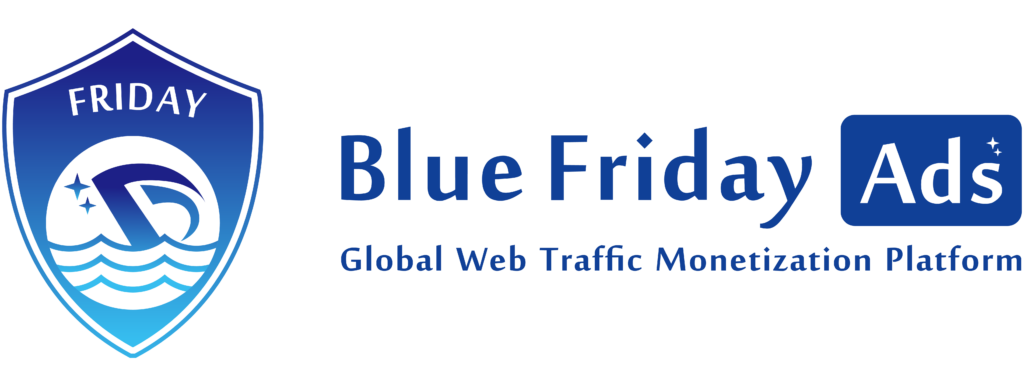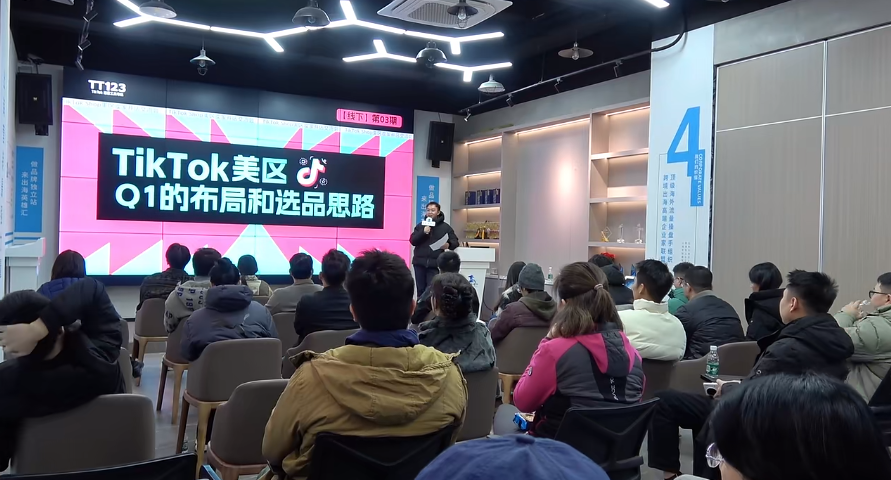In today’s digital landscape, type-in traffic, also known as direct navigation traffic, plays a pivotal role in the web ecosystem. This specific type of traffic occurs when individuals type a URL directly into their browser’s address bar, bypassing search engines and any form of referral link. This behavior suggests a high level of intent as users know exactly what they are looking for, making this form of traffic incredibly valuable for domain owners and digital marketers. Unlike organic traffic, which comes through the uncertainty of search engines, or referral traffic that depends on third-party sites, type-in traffic is both predictable and consistent, originating from users with specific expectations and goals.
Table of Contents

Understanding Type-in Traffic
Type-in traffic occurs when users directly enter a URL into their browser’s address bar, bypassing search engines and other referral sources. This direct approach often indicates high intent, as the user has a specific destination in mind. Such traffic is highly valuable due to its targeted nature, offering a prime opportunity for monetization.
Identifying Your Type-in Traffic Sources
Before you can monetize, it’s essential to understand where your type-in traffic is coming from. Utilize tools like Google Analytics to track direct traffic and identify trends and patterns. Look for URLs that are frequently mistyped and consider registering similar domain names to capture this lost traffic.
Optimizing Your Landing Pages
Optimizing landing pages for type-in traffic is critical because it involves understanding the user’s intent and providing a response that is both immediate and relevant. When a user types a specific URL, they have a clear expectation of the content they will find on that page. Failing to meet these expectations can result in high bounce rates and lost potential revenue. To optimize your landing pages effectively, it is essential to follow a systematic approach:
- User Intent Analysis: Start by analyzing why users might type your URL directly. Are they looking for specific information, a particular product, or customer service? Understanding this will help you tailor the landing page to meet their expectations.
- Content Customization: Customize the content of your landing page to align with the user’s expectations. If your analysis indicates that most visitors are searching for a specific product, the landing page should highlight that product prominently with detailed information, high-quality images, and easy navigation to the purchase section.
- Speed and Accessibility: The loading speed of your landing pages must be optimal. Users expect quick access, especially when they type a URL directly. Ensure that the technical aspects of your web page, such as server response time and image sizes, are optimized for fast loading.
- Clear Call-to-Action (CTA): Your landing page should have a clear and compelling call-to-action that guides users towards your monetization goals. Whether it’s subscribing to a newsletter, making a purchase, or filling out a contact form, the CTA should be prominent and straightforward to maximize the conversion rate.
- Continuous Testing and Improvement: Use A/B testing to try different layouts, content, and CTAs to see what works best for converting type-in traffic. Collect data, analyze performance, and continuously refine your approach based on empirical evidence.
This content is sourced from Youtube: View more.
Effective Monetization Strategies
Advertising
Deploy targeted advertisements that resonate with the specific interests of your type-in audience. Tools like Google AdSense can be configured to display ads that are highly relevant to the user’s interests, increasing the likelihood of clicks and revenue.
Affiliate Marketing
Leverage affiliate marketing by linking to products or services that align with the intent behind the type-in traffic. Choose affiliates that offer high commissions and are relevant to the direct URL input.
Lead Generation
Use type-in traffic to fuel your lead generation efforts. Offer valuable resources in exchange for contact details. For example, if your direct traffic is to a specific product page, provide a downloadable buying guide or a discount code in return for an email address.
Subscription Models
For content-rich sites, consider offering a subscription model where users pay for premium content. This could be particularly effective for niche websites where specialized content is not readily available elsewhere.
Testing and Analytics
Continuously test different monetization techniques and track their success through analytics. A/B testing can be invaluable in determining what resonates best with your type-in traffic. Adjust strategies based on data-driven insights to maximize revenue.

SEO Best Practices for Type-in Traffic
While type-in traffic bypasses traditional search engines, SEO principles still play a crucial role in optimizing your site for direct visitors. The fundamentals of site optimization remain pivotal in ensuring that your website meets the direct needs of visitors who come via type-in traffic. This starts with ensuring that your website is fast, mobile-friendly, and secure, utilizing HTTPS protocols.
Website Speed
Speed is a critical factor in user retention and conversion rates. Slow-loading websites deter users, who are likely to abandon a site that does not load within a few seconds. To optimize for speed, consider compressing images, leveraging browser caching, and minimizing the use of blocking JavaScript. Implementing a content delivery network (CDN) can also improve load times by hosting your site’s files on multiple servers around the world, thus reducing the distance information travels to reach users.
Mobile-Friendliness
With over half of global web traffic coming from mobile devices, having a mobile-friendly website is no longer optional. Mobile users expect a seamless experience, which includes easy navigation, touch-friendly buttons, and content that reads well on smaller screens. Google’s Mobile-Friendly Test can help determine how well your site performs on mobile devices and provide insights into necessary improvements.
Security with HTTPS
Security is paramount, especially for users who type a URL directly into their browser. HTTPS, the secure version of HTTP, encrypts the data exchanged between a visitor’s browser and your server, protecting it from interception by malicious actors. This is particularly important for sites that handle sensitive information. Websites with HTTPS also rank higher in search engine results, even if the primary traffic is type-in, because security is a top priority for search engines.
Security and Trust
Building trust with your type-in traffic is essential for conversion and retention. This trust begins with robust security measures such as implementing Secure Sockets Layer (SSL) certificates, which are fundamental to internet security. SSL certificates encrypt the data between the user’s web browser and the server, making it difficult for hackers to intercept or tamper with information.
Privacy Policies and Terms of Service
Your website’s privacy policy and terms of service play a significant role in establishing trust. They should be clear, accessible, and user-friendly, providing reassurance about how personal data is handled. Regular updates to these documents are necessary to reflect the latest in legal requirements and cybersecurity practices, ensuring compliance and security.
User-friendly Design
Design your site to be intuitive and easy to navigate. A well-organized site with a clear structure reduces user frustration and helps visitors find the information they need quickly. Include trust signals such as testimonials, certifications, and an ‘About Us’ page that reflects your company’s authenticity and credibility.
The Role of Content in Monetization
In-depth, high-quality content tailored to the interests of your type-in traffic can significantly enhance monetization opportunities. Providing value through your content not only establishes credibility but also encourages user engagement, which is essential for high conversion rates. Content should be compelling, relevant, and designed to meet the specific needs of your audience.
Content Diversity
Offer a variety of content types, such as blog posts, videos, infographics, and podcasts, to cater to different preferences and increase engagement. Each piece of content should provide value, whether it’s solving a problem, providing insights, or entertaining the user.
User Engagement
Engage with your audience by inviting them to comment on your content, share their views, and participate in discussions. This interaction not only builds a community around your brand but also provides insights into your audience’s preferences and needs.
Conversion-focused Content
Create content that not only informs but also gently guides users towards making a purchase or completing a call to action. This can be achieved through well-placed call-to-action buttons, links within the text to product pages, or exclusive offers for readers.
Future Trends in Type-in Traffic
Stay ahead of the curve by keeping an eye on emerging trends in how users access websites directly. The rise of voice search and smart devices may alter the landscape of type-in traffic, requiring adaptive strategies to continue capitalizing on this valuable traffic type.
Voice Search Optimization
With the increasing use of voice-activated devices, optimizing for voice search is becoming crucial. This involves using more conversational keywords and phrases in your content, as voice searches tend to be more natural and verbose compared to typed queries.
Smart Device Integration
Consider how smart devices like home assistants and IoT (Internet of Things) gadgets influence the way people access information online. Ensuring compatibility and easy accessibility through these devices can tap into a new segment of type-in traffic.

Conclusion
Finally, future-proofing your monetization strategy for type-in traffic is crucial. As digital landscapes shift and new technologies emerge, your approach should be flexible enough to adapt and robust enough to withstand changes in user behavior and market dynamics. Keep experimenting with new tools and strategies, stay connected with your audience’s evolving needs, and remain proactive in implementing changes that enhance user experience and monetization potential.
In conclusion, type-in traffic presents a unique and valuable opportunity for direct engagement and monetization. By focusing on optimizing every facet of the user experience, staying adaptive to changes, and building a brand that stands for trust and quality, businesses can effectively harness the power of direct navigation to achieve substantial growth and success.
FAQs
What is type-in traffic, and why is it important for website owners?
Type-in traffic, also known as direct navigation traffic, occurs when users directly enter a URL into their browser’s address bar, bypassing search engines. It is valuable for website owners because it indicates high user intent and presents a predictable and consistent source of traffic.
What are the key strategies for optimizing landing pages to convert type-in traffic?
The key strategies for optimizing landing pages to convert type-in traffic include analyzing user intent to tailor content, ensuring fast loading speeds for immediate access, incorporating clear and compelling calls-to-action (CTAs), optimizing for mobile devices, and continuously testing and refining the pages based on user feedback to maximize conversion rates.
How can I identify and track type-in traffic to my website, and why is it essential for my marketing strategy?
Identifying and tracking type-in traffic can be done using tools like Google Analytics, providing insights into direct traffic sources and trends. Understanding type-in traffic is crucial for your marketing strategy as it allows you to tap into a highly engaged audience with specific expectations, enabling you to tailor your content and offerings more effectively.
Becoming a publisher with Bluefriday is straightforward. Begin displaying ads and earning revenue immediately.







